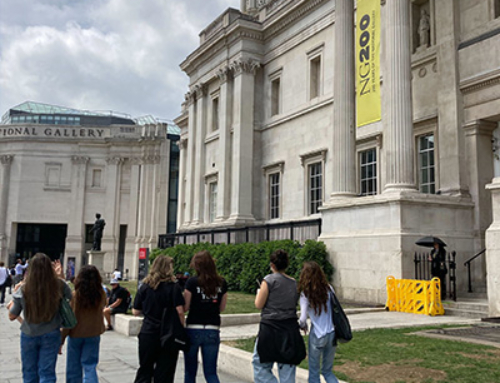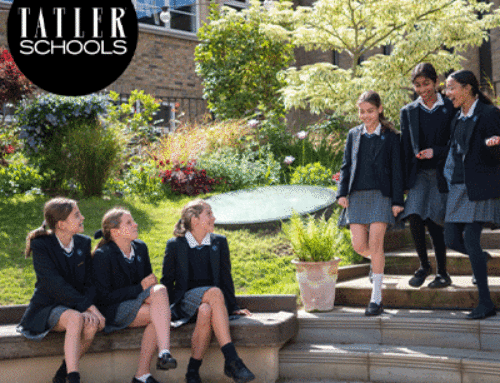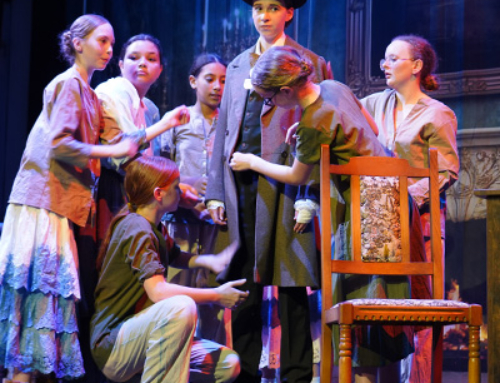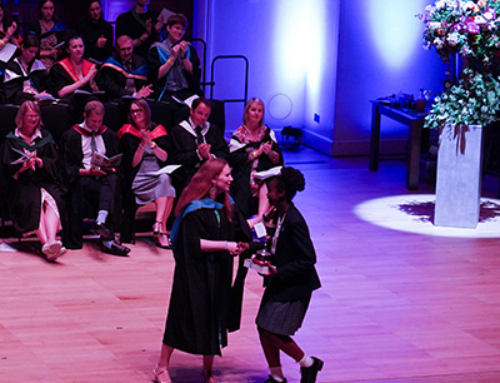As Guy Fawkes Night is round the corner, here is a small selection of fireworks depicted in Classical Music across the centuries.
Music for the Royal Fireworks by Handel
In 1749, King George II requested that Handel compose a suite to accompany a grand firework display in London’s Green Park. The work was so highly anticipated that over 12,000 people tried to travel to Vauxhall Gardens to watch a full rehearsal, bringing the surrounding streets to a complete standstill for several hours.
On the day of the firework display, Handel’s music outshined the fireworks themselves – the weather was poor and one of the wooden pavilions built specially for the occasion caught fire.
The music is full of pride and vigour and continues to be frequently performed for stately occasions. At the 2012 Proms Hervé Niquet and French Baroque group, Le Concert Spirituel, performed the work on period instruments.
‘Fire’ Symphony no.59 by Haydn
The nickname ‘Fire’ was not given to his Symphony No. 59 by Haydn himself, but it’s not difficult to see why the name has stuck. With a first movement marked ‘presto’, the work begins with a fast and brave tempo that most composers would use for a climactic final movement.
The energy continues throughout, even in the andante second movement, which crackles with ornamentation above a constantly shifting bass part. The third movement, a minuet and trio, relies on an antiphonal theme between the high and low sections of the orchestra, and the final movement is punctuated with the bright call of horns.
The symphony’s nickname is also supposed to have derived from the fact that it was used as incidental music for Gustav Friedrich Wilhelm Großmann’s play Der Feuersbrunst – or ‘The Conflagration’.
Jean Sibelius: Tulen Synty
The myths depicted in the epic Finnish poem Kalevala have inspired countless Nordic artists and Jean Sibelius was no exception. Tulen Synty, which translates as ‘The Origin of Fire’, is a cantata for baritone, male choir and orchestra based on the saga, first performed in 1902.
The soloist’s opening passage laments the struggles faced by the dark land of Kalevala after the theft of the sun, the moon and fire. This sombre section is complimented by a mournful orchestral accompaniment, reflecting the hardships brought upon the land.
When the chief of the gods creates new fire, the chorus are brought in, first quietly smouldering and then, in a glorious crescendo that burns bright.
Igor Stravinsky: The Firebird – Finale
The explosive Finale of Stravinsky’s Firebird, one of the BBC’s ‘Ten Pieces’ to inspire children, is difficult for even the most seasoned listener to tire of. The modernist masterpiece marked the beginning of the historic collaboration between Stravinsky and choreographer Sergei Diaghilev in the famous Ballets Russes.
Diaghilev’s 1909 season had attracted criticism from the Parisian press for a lack of novelty and he answered this by commissioning a work based on the most exotic Russian fairy tale he could think of: Zhar′-ptitsa – ‘The Firebird’.
In Stravinsky’s music, things get a little dramatic as you can see in this next video. After a calm, peaceful moment in the music, there is a sudden fortissimo and a certain audience member gets quite a fright!
Feux d’artifice by Debussy
Claude Debussy composed his two books of preludes during a remarkably brief period—the first, between December 1909 and February 1910; and the second, during roughly the same period in 1912-13. Though totaling twenty-four in number between the two books, Debussy’s preludes do not follow the precedent established by J. S. Bach’s ubiquitously known Well-Tempered Clavier (namely, a prelude in each of the major and minor keys) and imitated by several other composers, including Frédéric Chopin, Charles-Valentin Alkan, and Sergei Rachmaninoff. However, this does not mean that Debussy’s preludes are without order, and the relationships that can be found among them indicate that their published order was, to a certain extent, quite purposeful, yet also designed with a degree of inherent flexibility. Debussy, in keeping with the artistic philosophy of his day, also composed each prelude with specific scene or image in mind. Yet, to partially disguise these intents from the listener and to allow his audience to discover them of their own accord, Debussy craftily placed his titles at the end of each prelude.
The last of Debussy’s 24 preludes, Feux d’artifice (“Fireworks”) is also the most technically challenging. It depicts a brilliant and spectacular fireworks display over Paris, and captures in tones the many furious streaks of rockets and their colourful explosions in the night sky. Sweeping runs, open the prelude, perhaps depicting the anticipation of the audience, while isolated tones, like little points of light, sound in the upper register of the piano. The texture of the piece grows ever thicker and more complex and colours abound as the harmonies, figurations and dynamics change to give representation to the wondrous display and patterns of coloured light. At its close, the visual display begins to slowly fade away. Over a tremolo in the bass a brief quote of La Marseillaise is heard before the last flashes of colour.
Michael Daugherty: Fire and Blood – I: Volcano
During his time as composer-in-residence at the University of Michigan, Michael Daugherty became inspired by artist Diego Rivera’s Detroit Industry Murals and the paintings of Freida Kahlo, which document the tempestuous relationship between these two artists.
In response to their highly emotive creations, he wrote what he has called his own ‘musical fresco’ – a violin concerto rather gruesomely entitled Fire and Blood. The first movement of the work, ‘Volcano’, is a forceful and threatening piece, constantly teetering on the edge of eruption.
The soloist’s cadenza is full of suspense, hissing and flickering like a flame, and the movement ends with a bang.
Oliver Knussen – Flourish with fireworks
Taking a strong influence from Stravinsky, Knussen’s short orchestral piece Flourish with fireworks captures the characteristics of every kind of firework imaginable – there are soaring chromatics that fly high like rockets, trills that spin like Catherine Wheels and pizzicato sections that are as bright as sparklers
Of course, on Firework Night, the anticipation is as important as the explosion itself, and Knusson’s ingenious use of rests only adds to the building excitement.
Maki Gajic Murata, Composer in Residence














